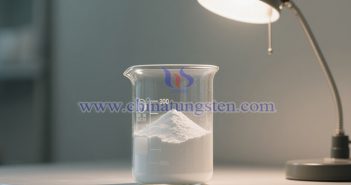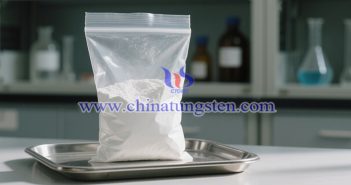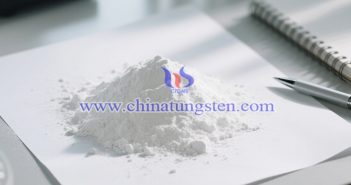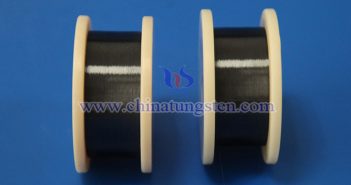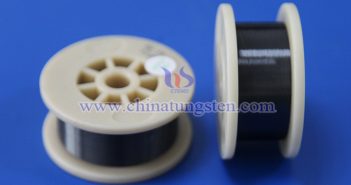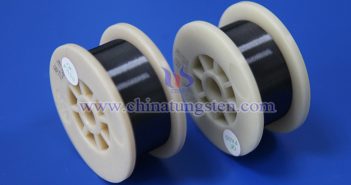
Tungsten wire heating glass is suitable for processes that require high temperature and precise temperature control. The advantages are high efficiency and durability, but the problems of oxidation, cost and equipment complexity need to be solved. In practical applications, it is necessary to weigh the use according to the specific process requirements. The advantages and disadvantages of using tungsten wire to heat glass are as follows: 1. Advantages: High Temperature Performance: Tungsten wire has an extremely high melting point (about…



